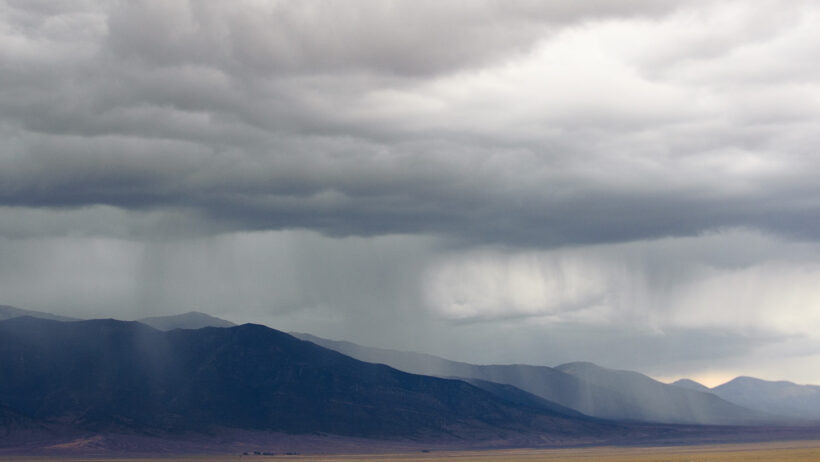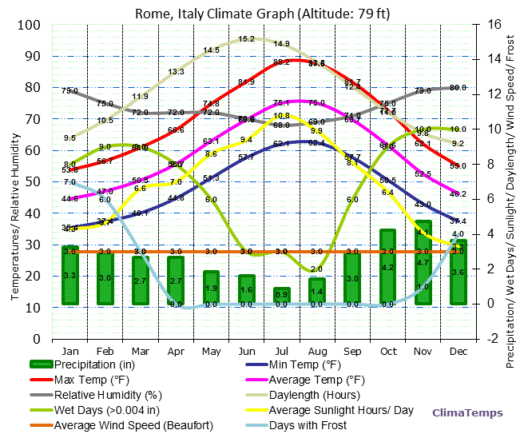Nevada, often characterized by its sprawling deserts and towering mountain ranges, presents a fascinating juxtaposition in its climate. The state showcases the extremes of weather—torrid desert heat and refreshing mountain chill—as two contrasting identities. How can a single state encapsulate such a broad spectrum of temperatures and climatic conditions? This intriguing dichotomy not only defines Nevada’s weather patterns but also poses significant challenges to its ecosystems, economies, and inhabitants.
The overarching feature of Nevada’s climate is its arid nature. The vast majority of the state is classified as desert, with the Mojave Desert predominating in the southern region. Summers here are typically characterized by sweltering heat, with daytime temperatures frequently soaring above 100°F (38°C). This relentless sunshine can transform the landscape into a parched expanse, punctuated only by the occasional sagebrush or hardy cactus. Yet, despite the scorching days, the nights can present a stark contrast, where temperatures may plunge dramatically, leaving a crisp chill in the air.
Move northward, and the landscape changes considerably. The Sierra Nevada range looms majestically over western Nevada, creating a unique microclimate that differs vastly from the arid south. Here, one can find cooler temperatures, abundant snowfall in winter, and a thriving ecosystem that supports diverse flora and fauna. The presence of elevation changes the thermal equation; as the altitude increases, temperatures decrease—a phenomenon known as the lapse rate. In fact, places like Lake Tahoe can experience snowy winters while the valleys below bask in the sun, sometimes offering a surreal experience of sunbathing in the warmth while glancing up at snow-capped peaks.
The question arises: how does one navigate such dichotomous climates? The answer lies in understanding the very geography of Nevada itself. The state is crisscrossed by numerous mountain ranges and valleys, each influencing local weather patterns. The Great Basin, for example, is an expansive area marked by its dry lake beds and desert landscapes. Its valleys are encompassed by mountains that can create rain shadows, whereby moist air moving inland is forced upwards and cools, resulting in precipitation. The leeward sides of these mountains, however, often suffer from aridity, leading to stark differences in climate within short distances.
The interplay of altitude and desert geography culminates into distinct climatic zones throughout Nevada. For instance, the central and eastern portions of the state experience a semi-arid climate, where precipitation is slightly higher than in the southern deserts yet remains insufficient to encourage lush vegetation. The wind can further exacerbate conditions; gusty breezes can bring sudden temperature shifts and dust storms, challenging both human activity and wildlife survival. Indeed, such conditions propel residents to develop adaptive strategies for agriculture, water conservation, and energy efficiency.
Water availability is perhaps one of the gravest challenges facing Nevada’s climate. With the Colorado River and Lake Mead as vital resources, the demand for water has exponentially increased, driven primarily by urban expansion and agriculture. The burgeoning population centers of Las Vegas and Reno compel authorities to consider sustainable practices lest they deplete resources that are already stretched thin. Climatic changes resulting from global warming further complicate this issue, as shifting weather patterns create uncertainty regarding precipitation levels and frequency. Can Nevada reconcile its thirst for growth with the imperative for conservation?
Climate change significantly exacerbates the inherent challenges presented by Nevada’s climate. Increasing temperatures can lead to prolonged droughts, which threaten not only water supplies but also the agricultural sectors that rely on consistent rainfall. For farmers and ranchers, diverse farming practices may mitigate some risks, but the transition can prove daunting amidst shifting climatic assurances. Furthermore, wildlife habitats face disruption—species accustomed to specific climatic conditions may be unable to adapt fast enough to the changing environment, potentially leading to declines in biodiversity.
Conversely, as climate patterns shift, Nevada’s ski resorts rely on consistent snowfall, which may become less reliable over the coming decades. Winters that once boasted substantial snowfall can become lackluster, jeopardizing the winter tourism industry. Local economies that depend on outdoor recreation may be called to adapt their offerings or risk economic decline as winter snow decreases in favor of extended dry spells. How can communities rally to combat these challenges effectively? The answer likely lies in robust dialogue and proactive environmental stewardship.
As we plumb the depths of Nevada’s climate, it becomes ever more crucial to consider its societal impacts. The health of its inhabitants is closely intertwined with the complexities of these climatic conditions. In extreme heat, local populations may face heat-related illnesses, and the need for adequate shelter and air conditioning becomes paramount. Conversely, high-altitude areas may face unique challenges, such as access to emergency services in harsh winter conditions. Kentucky might be renowned for its lush landscapes, but Nevada presents a case study in extremes, where adaptation is woven into the fabric of daily life.
The climate in Nevada is a rich tapestry of contradictions—desert heat coexisting with mountain chill. This intricate interaction of geography, weather patterns, and human influence requires continued examination. As the planet experiences unprecedented changes, Nevada stands as a microcosm ripe for inquiry, pushing both residents and visitors alike to reconsider their relationship with the environment. Will the future be dominated by drought, or can a thaw of ingenuity and resilience pave the way for a more sustainable Nevada?








